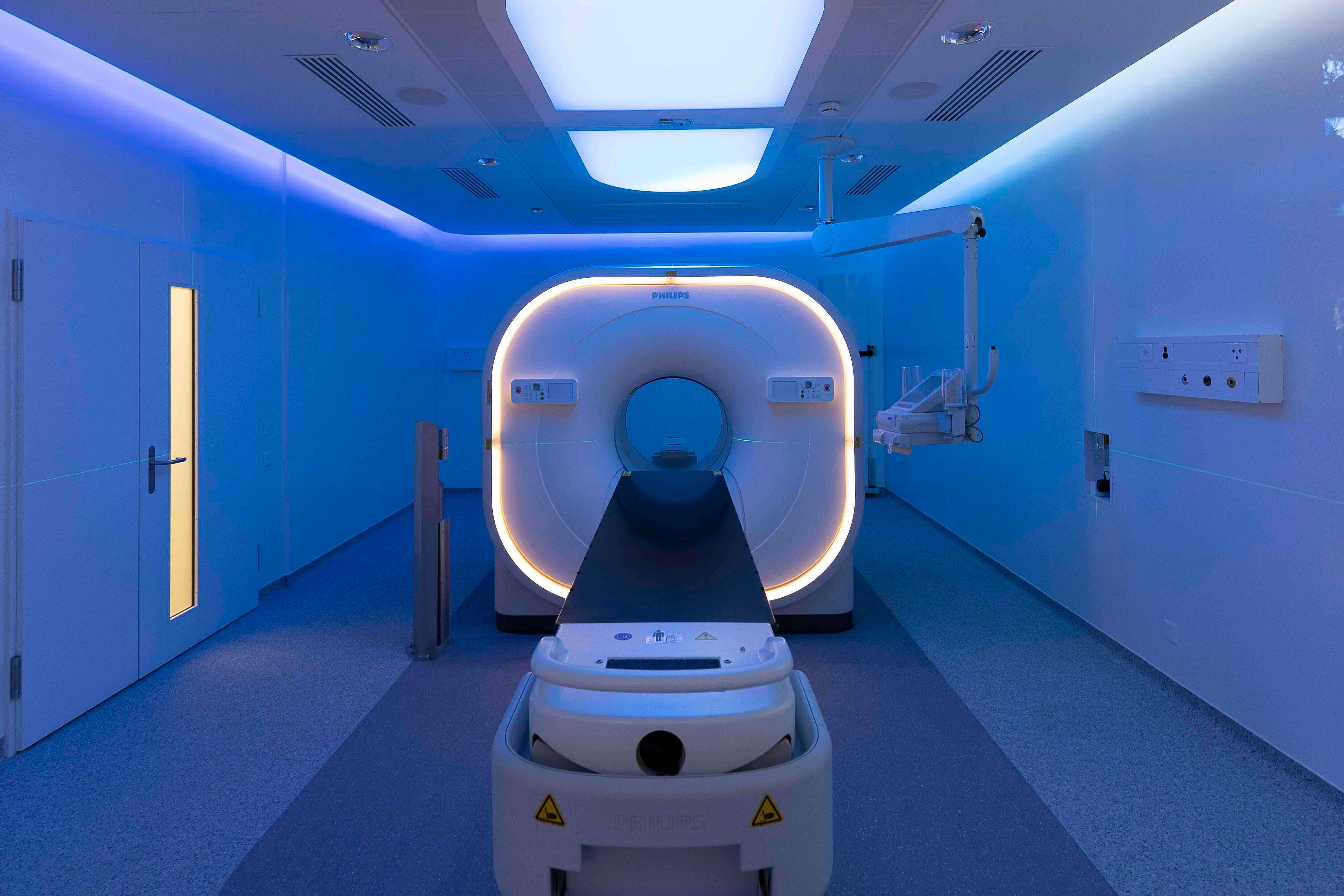PET-CT scans are not currently offered as part of screening programs. They are covered by insurance under the Health Insurance Benefits Ordinance for specific medical indications, which are listed in clinical guidelines that are regularly updated by the Swiss Society of Nuclear Medicine. The advantage of PET-CT lies in its ability to visualize metabolic or functional abnormalities that are sometimes not visible on a conventional X-ray or CT scan.
In oncology: evaluate, monitor, detect
FDG PET-CT is most commonly used in the field of cancer. This is because most cancer cells consume more glucose than normal cells, making them easy to detect on PET scans. The purpose of PET-CT is to:
Locate a primary tumor and assess its aggressiveness.
Perform a staging assessment, i.e., look for possible distant metastases.
Assess the effectiveness of treatment (chemotherapy, radiotherapy).
Detect recurrence in the event of suggestive clinical or biological signs.
The tumors most frequently evaluated by PET-CT are lung, breast, brain, colon, esophageal, and pancreatic cancers, lymphomas, and ENT tumors.
In cardiology and neurology: other applications
PET-CT is also used in cardiology to detect areas of the heart muscle with poor blood supply: it can highlight areas of ischemia or necrosis in the heart muscle. It also evaluates heart function and blood flow in the coronary arteries that supply the heart muscle, thereby helping to determine whether revascularization (bypass or angioplasty) is necessary.
In neurology, PET-CT can reveal abnormalities in the distribution of the radiotracer in the brain in the early stages of degenerative neurological disorders such as Alzheimer's disease. It is also useful in certain cases of epilepsy or brain tumors.
What PET-CT cannot always detect
Certain types of tumors, which are metabolically inactive or small in size, are more difficult to detect using FDG PET-CT. In addition, inflammatory or infectious lesions can capture FDG, making it difficult to differentiate them from tumor lesions.
The interpretation of PET images is reserved for specialists in nuclear medicine, who will interpret this data in its clinical and biological context, taking into account all the information at their disposal.


